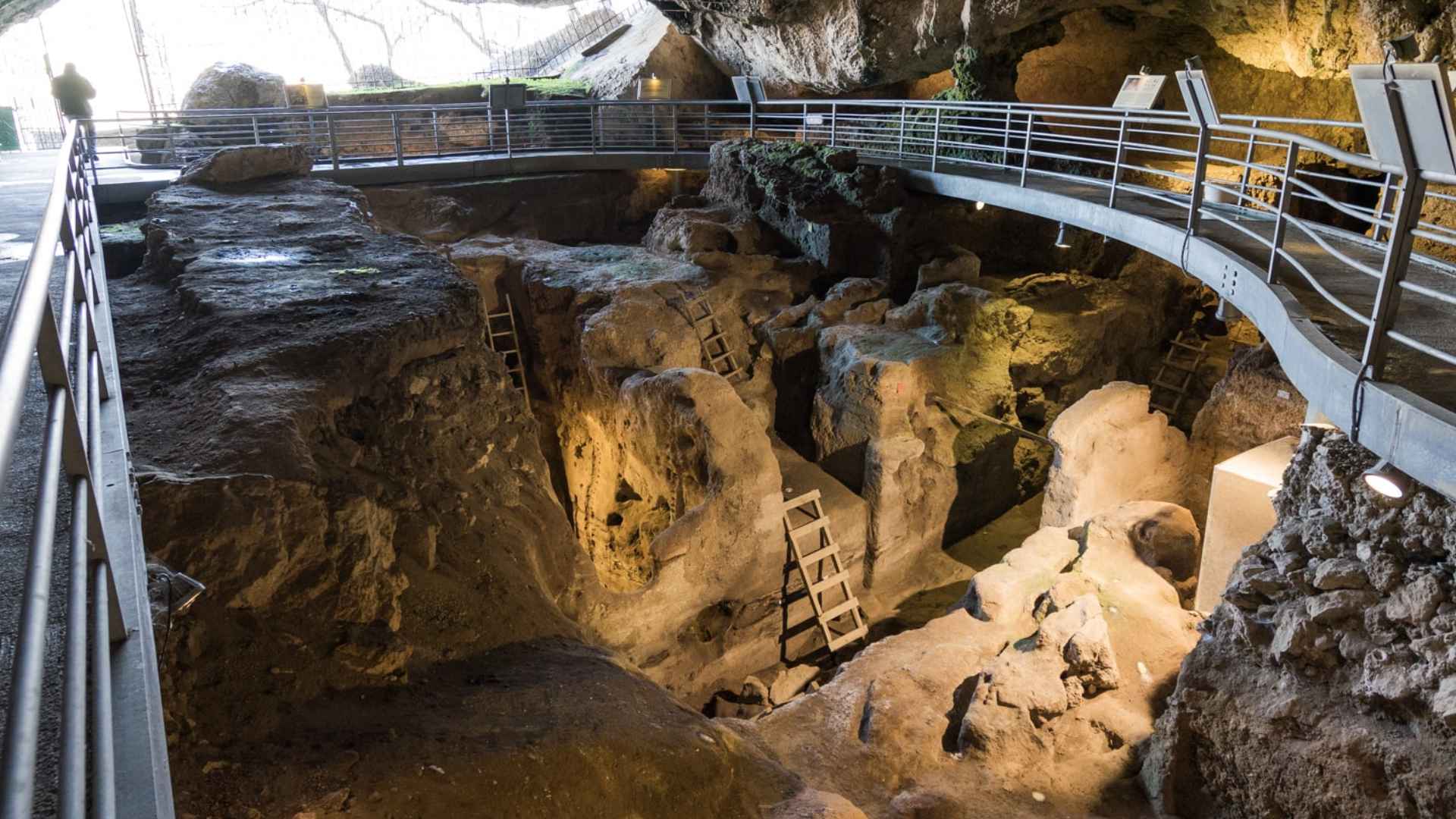Archaeologists say a 23,000‑year‑old wall in Theopetra Cave rewrites the timeline of early architecture and pushes Egypt’s pyramids far down the list of “oldest.”
First discovered in the 1990s and re‑dated in 2012, the low masonry barrier inside Greece’s Theopetra Cave has been confirmed—through optically stimulated luminescence (OSL) testing—to be roughly 23,000 years old. The finding means Paleolithic hunter‑gatherers were already manipulating stone on purpose some 16,000 years before the Great Pyramid of Giza rose on the Nile. Could a simple wall really change our picture of prehistory? Absolutely.
How Theopetra’s 23,000‑year‑old stone wall reshapes the human building timeline
Researchers believe the wall partially sealed the cave mouth during the Last Glacial Maximum, when temperatures plunged. Blocking icy winds would have turned a natural shelter into a snug refuge—proof that early Europeans were not just nomads following herds, but planners who engineered their environment. Theopetra’s long, continuous occupation (ca. 50,000–7,000 BCE) adds weight to that idea: hearths, stone blades and even children’s footprints testify to enduring community life.
OSL works by measuring the last time quartz grains in the mortar or surrounding sediment were exposed to sunlight. In Theopetra’s case, the “clock” stopped at roughly 23 millennia ago, anchoring the wall firmly in the Upper Paleolithic. That makes it older than:
| Structure | Location | Approx. Date (BCE) |
|---|---|---|
| Stone wall, Theopetra Cave | Thessaly, Greece | 21,000–23,000 |
| Early houses, Çatalhöyük | Konya Plain, Turkey | 7,400 |
| Stonehenge (Phase I) | Salisbury Plain, England | 3,100 |
| Great Pyramid of Khufu | Giza, Egypt | 2,560 |
Surprised by the gap? You’re not alone. Theopetra suggests the urge to build for comfort and safety predates agriculture by at least ten millennia.
Comparing Theopetra, Çatalhöyük, Stonehenge and Giza to gauge human progress
After Theopetra, true urban planning does not appear until Çatalhöyük’s mud‑brick dwellings, followed later by Europe’s megalithic temples and, eventually, Egypt’s pyramids. Each leap represents new social complexity, but the Greek wall shows that creative problem‑solving started much earlier. So, what drove those cave‑dwellers? Most likely a mix of climatic stress and communal cooperation—traits still visible in modern construction.
Curious to see it for yourself? Unfortunately, the Thessaly Ephorate of Antiquities keeps the cave closed to protect delicate sediments. For now, scholars continue to probe its layers, hoping to learn how our ancestors turned stone, fire and ingenuity into the foundations of settled life.

